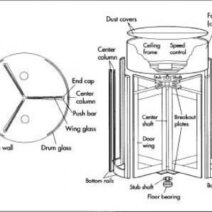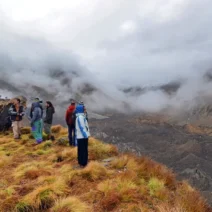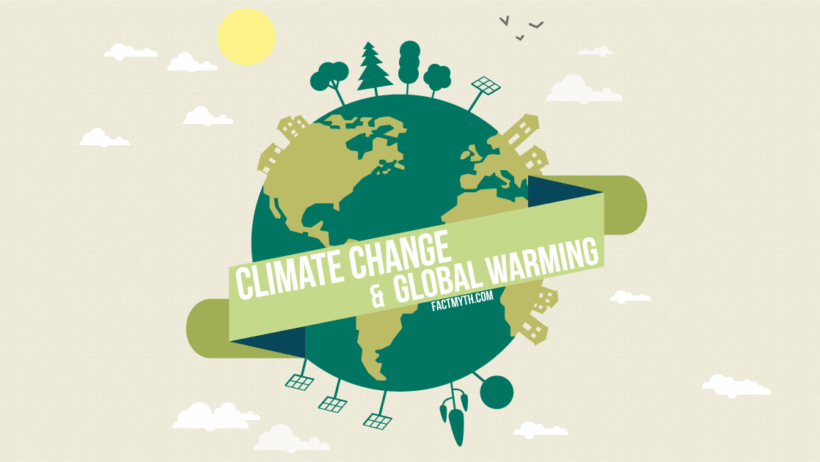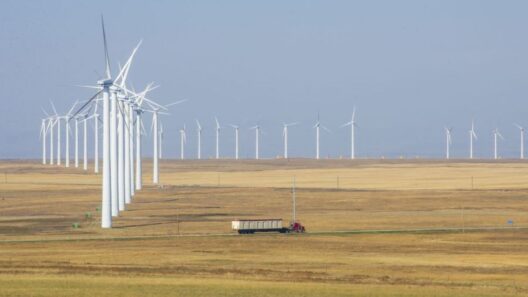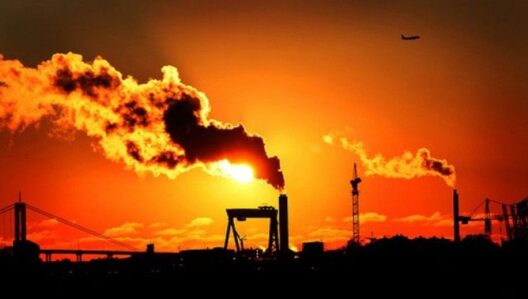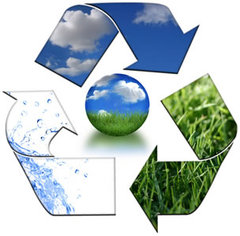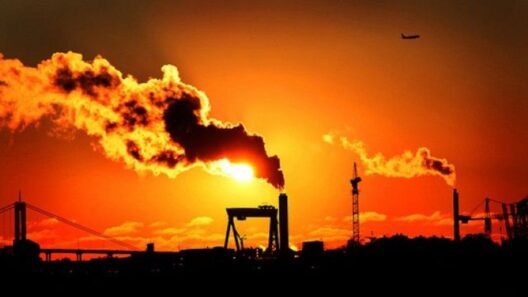In the ongoing dialogue regarding environmental issues, the terms “global warming” and “climate change” often find themselves intertwined, leading to a plethora of misconceptions. Understanding the distinctions between these terms is essential, as it illuminates not only the specific challenges we face but also the broader implications of our actions on the planet. This article delves into these differences, revealing the underlying complexities that fuel both scientific inquiry and public concern.
Global warming and climate change are sometimes used interchangeably in popular discourse; however, they denote distinct phenomena within the broader context of Earth’s environmental shifts. Global warming refers specifically to the long-term increase in Earth’s average surface temperature due to human activities, predominantly the emission of greenhouse gases like carbon dioxide and methane. Conversely, climate change encompasses a wider array of alterations in climate patterns, which can include changes in precipitation, wind patterns, and other atmospheric conditions, influenced both by human actions and natural variability.
To appreciate the nuances between these terms, we must first explore the mechanisms underpinning global warming.
Understanding Global Warming: The Greenhouse Effect Uncovered
The concept of global warming is rooted in the greenhouse effect, a natural process that warms the Earth’s surface. When the sun’s energy reaches the Earth, some of it is reflected back to space and the rest is absorbed, raising the planet’s temperature. This absorbed energy then radiates back into the atmosphere as infrared radiation. Greenhouse gases trap some of this energy, preventing it from escaping into space. This effect is crucial for sustaining life; however, human activities, particularly since the Industrial Revolution, have significantly intensified this natural process.
Burning fossil fuels for energy, deforestation, and agricultural practices contribute to an unprecedented rise in greenhouse gas concentrations. As these gases accumulate, the planet’s temperature continues to rise, leading to a range of effects that signal drastic environmental changes.
Climate Change: An Expansive Phenomenon
Climate change, in contrast, encompasses the broader spectrum of alterations in climatic patterns, resulting not only from anthropogenic influences but also natural phenomena. While global warming is a critical component of climate change, the latter includes various disruptions, such as altered precipitation patterns, increased frequency of extreme weather events, and shifts in ecosystem dynamics.
These variations are evident across multiple scales, ranging from local to planetary. For instance, changing rainfall patterns may lead to severe droughts in some regions while causing flooding in others. As temperatures rise, glaciers melt, causing global sea levels to creep upward, which threatens coastal communities. In this context, climate change serves as an all-encompassing term that captures the intricate web of interactions influencing the Earth’s systems.
The interplay of global warming and climate change can be further elucidated by examining specific impacts that flow from these phenomena.
Consequences of Global Warming: A Warming Planet’s Toll
The consequences of global warming are both immediate and far-reaching. One of the most visible manifestations is the increase in average global temperatures. According to climate science, each degree of warming can have alarming impacts, heightening the risk of adverse weather, declining agricultural productivity, and exacerbated heat-related ailments.
Melting ice caps and glaciers are stark indicators of global warming, threatening ecosystems that depend on stable ice conditions. Polar bears, for instance, struggle to find adequate hunting grounds as their habitat diminishes. In addition, these temperature increments have implications for biodiversity, as many species face extinction if they cannot adapt swiftly enough to their changing environments.
Climate Change: The Bigger Picture
Beyond the singular narrative of temperature rise is the vast tapestry of climate change consequences. Ecosystems are in a state of flux: coral reefs are bleaching due to rising sea temperatures, forests are assessed at increased risk for fires, and migratory patterns of wildlife are being disrupted.
Human communities, too, face the brunt of these changes. Altered agricultural climates can lead to food insecurity and displacement, sparking conflicts over dwindling resources. Moreover, public health systems are strained as climate-related illnesses proliferate. Vulnerable populations bear a disproportionate burden, showcasing a pressing need for equity in climate resilience strategies.
Addressing Misconceptions: Communication is Key
With the increasingly frequent conflation of global warming and climate change, effective communication becomes pivotal. Educational initiatives that delineate these concepts are crucial to fostering an informed public. Misunderstanding these terms not only sows confusion but can also hinder collective action towards sustainable practices and policies.
Moreover, it is essential to emphasize that while global warming chiefly concerns temperature increases, climate change embraces a much wider array of challenges. Public discourse must evolve to reflect this complexity, aiding citizens in grasping the interconnectedness of environmental issues.
The Journey Ahead: Navigating Toward Solutions
As we face the daunting challenges of a warming Earth and changing climate, understanding the difference between global warming and climate change becomes paramount. Recognizing that these phenomena are intimately connected yet distinct allows for a more nuanced comprehension of the environmental crises we encounter. It fosters a collective responsibility—an acknowledgment that while we grapple with the consequences of our actions, there lies within us the potential for meaningful change.
In conclusion, separating global warming from climate change not only clarifies our environmental discourse but also informs actionable responses. As we endeavor to mitigate these phenomena, we must remain steadfast in our commitment to education, advocacy, and innovative solutions that aim not only to reduce emissions but also to strengthen our resilience against the multifaceted impacts of a rapidly changing world.
